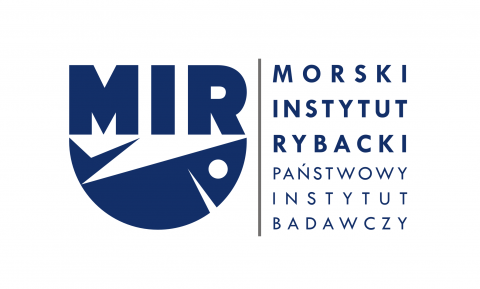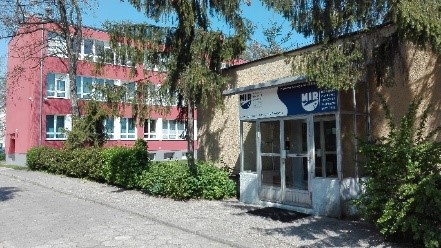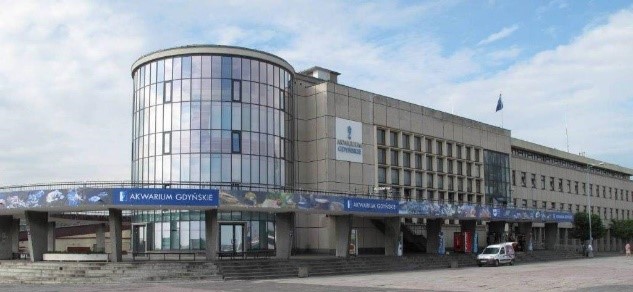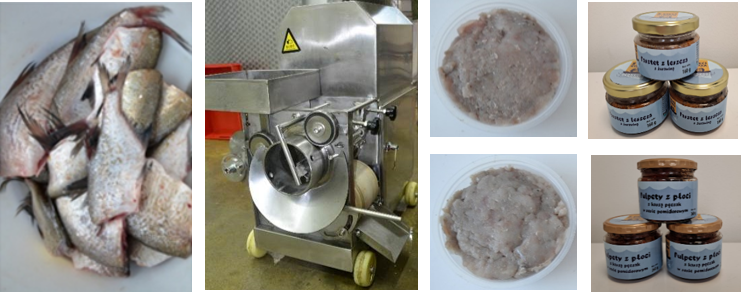Upcycling side-streams for sustainable and healthy ingredients and new food concepts - Up4Food


The oldest marine science centre in Poland. Its beginnings date back to June 1921 when the Sea Fisheries Laboratory was established in Hel.
Mission of the Institute: providing independent, objective and current knowledge based on conducted scientific research and development studies, which support the economically sustainable and environmentally sound development of marine fisheries.
The mission of MIR-PIB is realized through the following activities:

The main research interests of the MIR-PIB include disciplines that enable an ecosystem approach to fisheries management:
The area of innovative and technical research done by the MIR-PIB comprises:


Established in 1974 as a result of an intergovernmental arrangement, it initially acted for and was funded by US scientific institutions. It currently offers services related to the taxonomic identification of a variety of plankton samples and the work on size and biological structure. The main clients of the Center are laboratories and institutes from the USA (NOAA-NMFS), Canada, Denmark, Sweden and the Netherlands.


The primary objective of the Department of Fisheries Economics MIR-PIB is to conduct scientific research, development work and also expert services in marine fisheries, fish processing and aquaculture and support stakeholders in the management of these sectors.
The Department focused its activity on:

WP6 Consumer acceptability and knowledge barriers
An important component of the project Up4Food is consumer attitudes research, as well as processing opportunities and barriers to using ingredients from the side-streams to produce new foods. This research is part of the sixth work package (WP 6), headed by Department of Fisheries Economics MIR-PIB.
The work of this package will use both qualitative and quantitative research methods: survey questionnaires, in-depth interviews, and social labs - method of multi-level collaboration and consultation in the development of new products.
Collaboration between consumers and representatives of supply chain actors in social labs will enable the identification of barriers to the use of nutrients from side-streams and the marketing of new products with such ingredients. The results obtained in WP 6 will provide new knowledge on the perceptions and acceptability of prototype solutions and will allow new food concepts to be shaped.
Task 4.4. Economic aspects of introducing new food concepts to the market
MIR-PIB is also the task 4.4 leader where the economic aspects of new food concepts implementation will be the analysed. The economic conditions for the use of new materials from the side-streams and the scenarios of implementation of food concepts will be presented in that task. One of the applied research methods will be a SWOT analysis, which will be carried out to indicate the possibilities of implementation of individual food concepts using circular ingredients. Then based on the information collected from food actors in the project, potential target markets and scenarios will be identified along with an assessment of market capacity, value and growth rate. Using the Business Model Canvas, an assessment of the economic aspects of food concepts, implementation will be carried out, which will allow mapping efficiency conditions.
Website MIR-PIB Facebook Gdynia Aquarium Youtube Morski Institute Rybacki YouTube Gdynia Aquarium Instagram